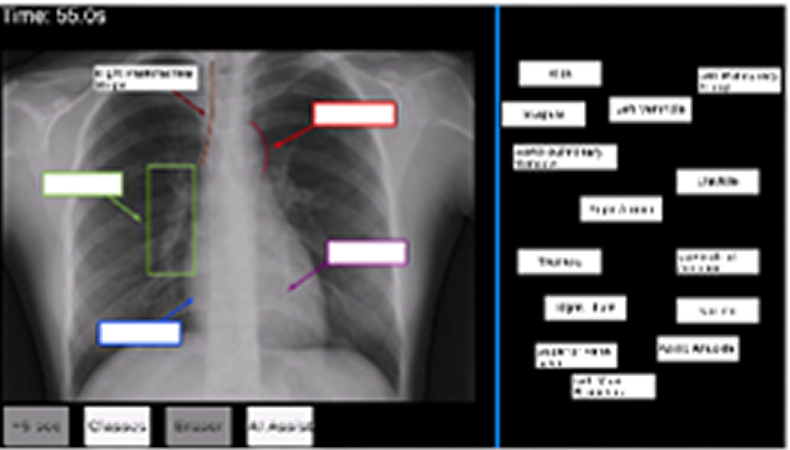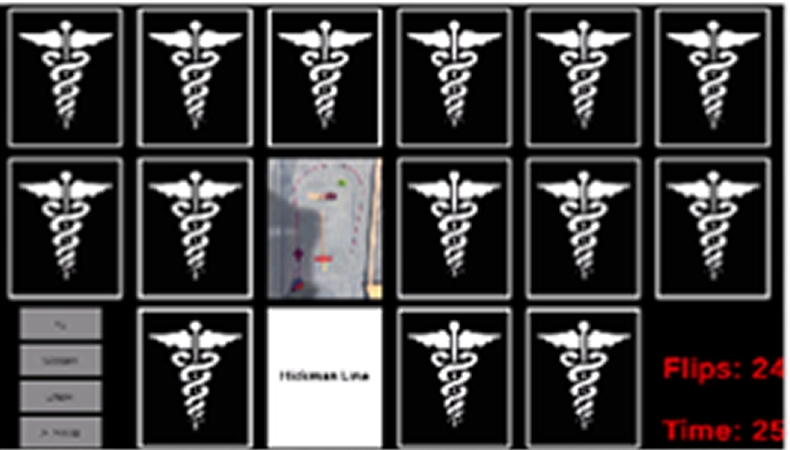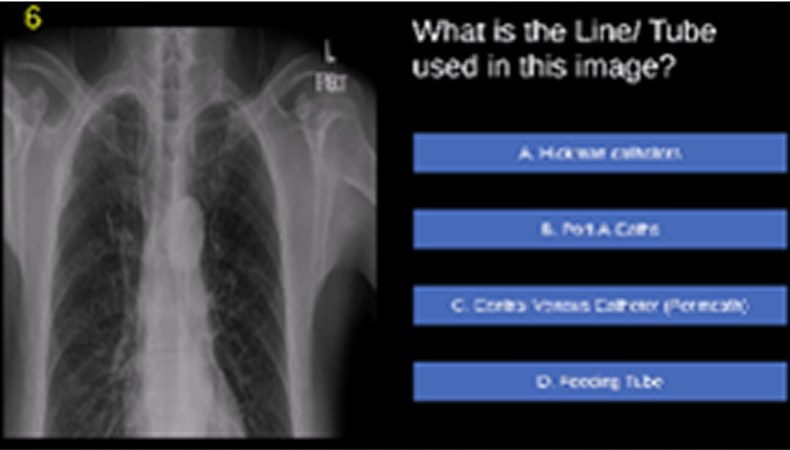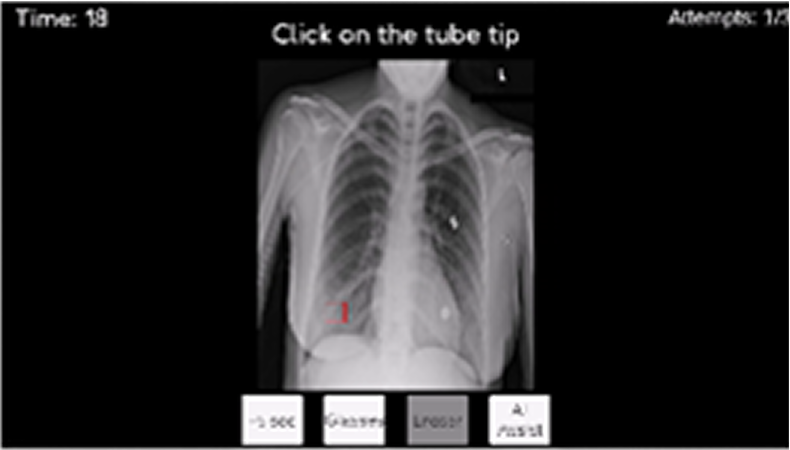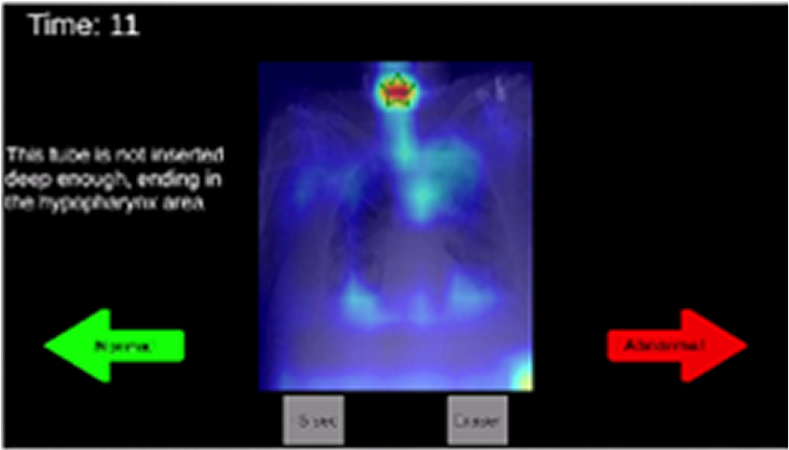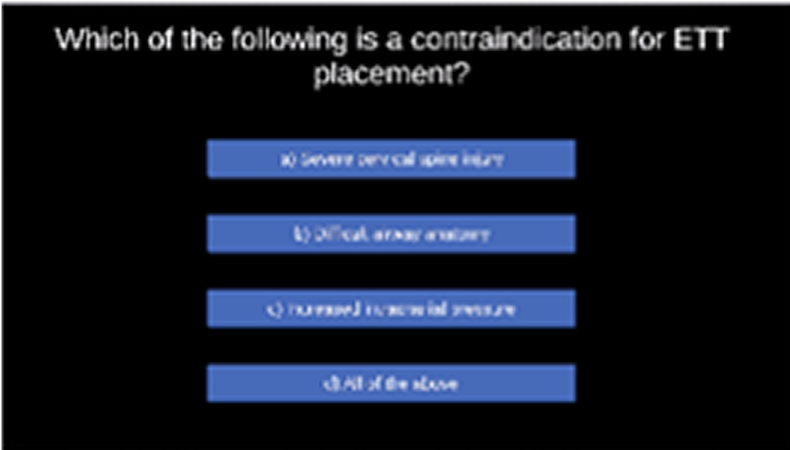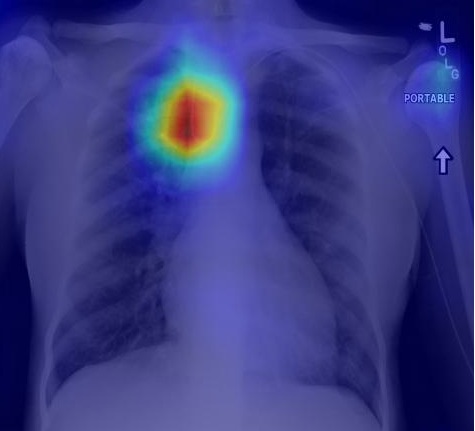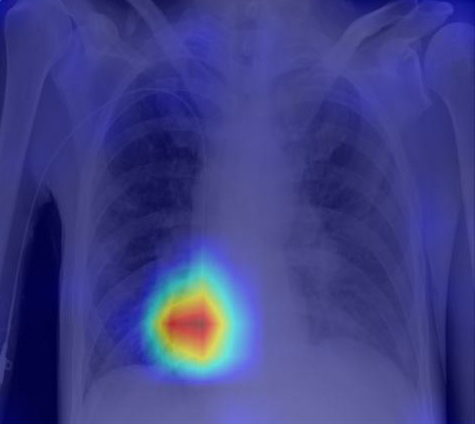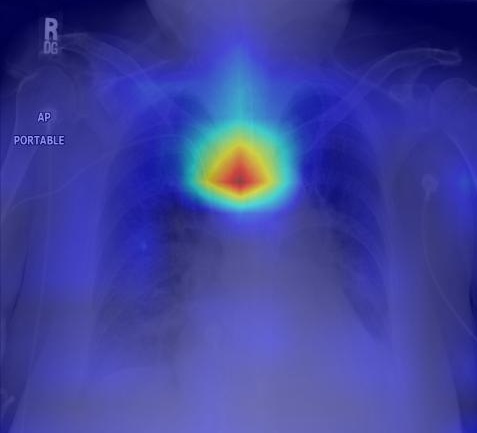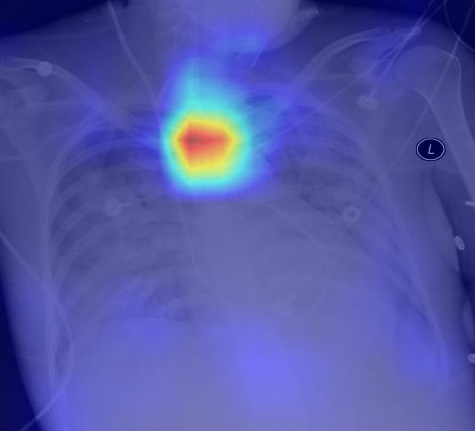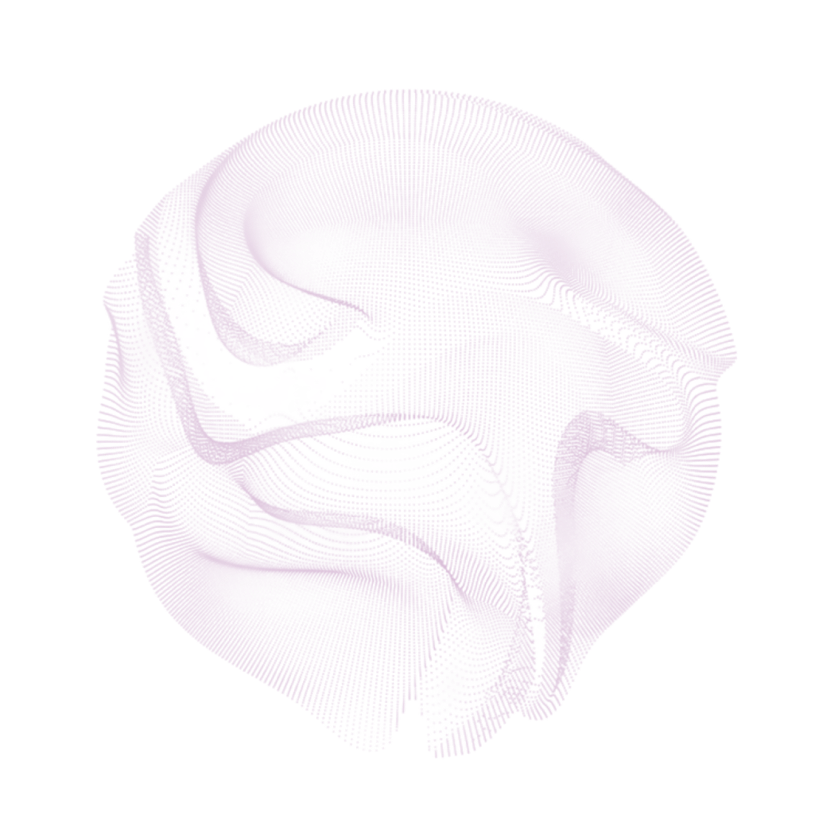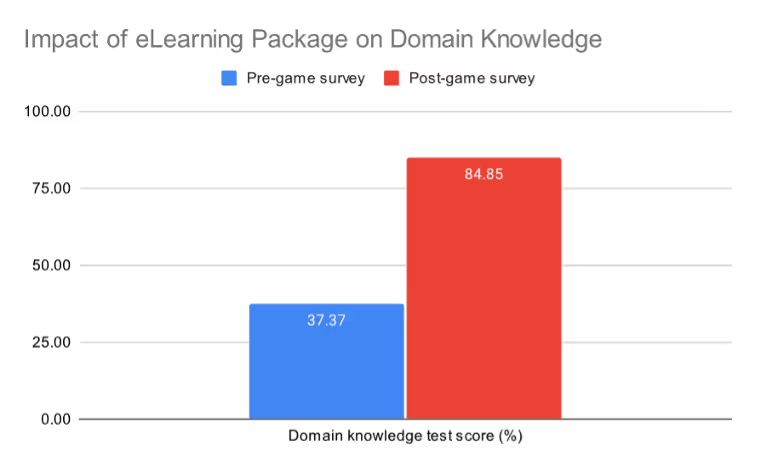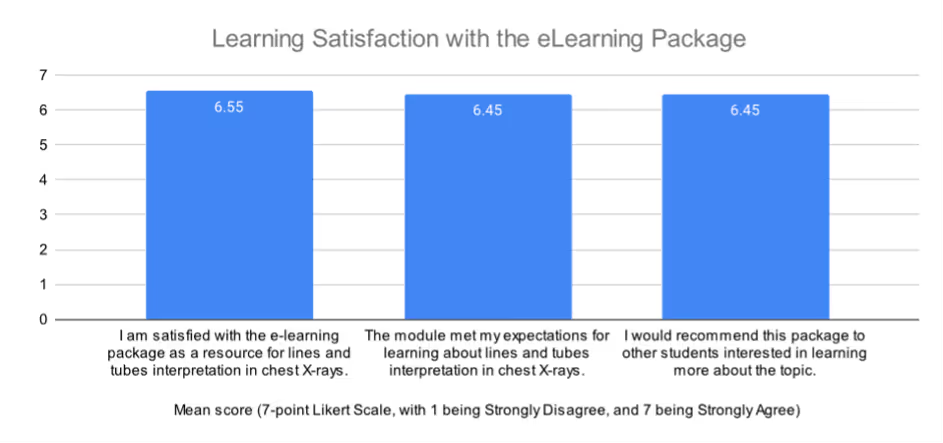We have developed deep learning AI models trained on chest X-ray images focused on2 stages: (i) segmentation and (ii) classification of lines and tubes. A segmentation model generates masks for any lines and tubes present on a CXR image, which will then be fed to the classification model for identification of the type of line and the position of the tip.
Performance results for central venous catheter (CVC) and endotracheal tube (ETT) tip localisation:

